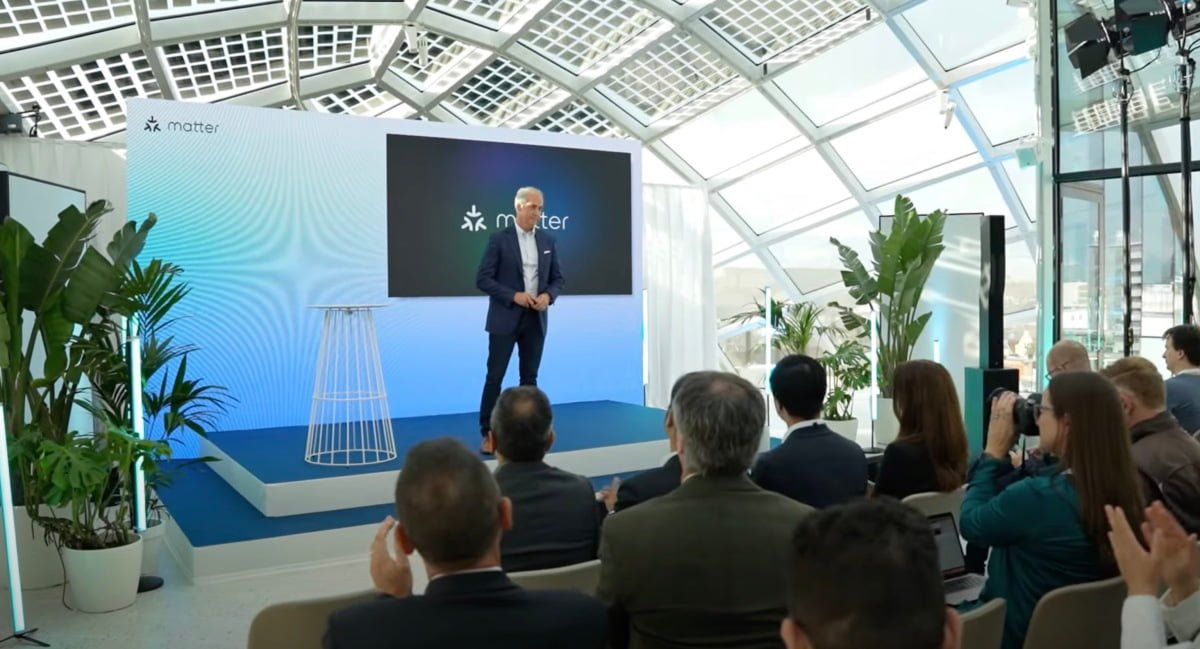At CES 2023, AR/VR/MX and automotive tech were highly visible, robotics and the metaverse got plenty of attention, while even pee-related gadgets had their time in the spotlight. But beneath it all was a quieter yet pervasive trend.
The past few years have been a wild ride for the smart home industry. Despite all the hype, some of its biggest players are starting to struggle: Amazon’s Echo division being one prominent example with an unexpected $5 billion in annual losses.
The tech hype cycle has hindered the smart home’s potential, yet its most promising feature remains: an easy setup. All that expense and time spent on electrical and contracting skills is a thing of the past; just plug-and-play with your app to get started!
Competition in consumer electronics is still relatively new, with plenty of room for improvement. Unfortunately, tech rivals often refuse to cooperate and can even face antitrust regulation due to their restrictive practices – like app stores and walled gardens.
Shopping for smart home products can be a frustrating experience; most lack interoperability, leaving you to discover the hard way that they don’t work with HomeKit, Alexa, Google Home, Samsung SmartThings or any other ecosystem.
Matter, the home automation standard announced in late 2019, is managed by the Connectivity Standards Alliance (CSA). Founded by Amazon, Apple, Google, Comcast and Zigbee Alliance members and operated similarly to Bluetooth Special Interest Group and WiFi Alliance organizations. All CSA members – from tech giants like Apple & Google to small startups – have equal voting power.
“Manufacturers all abide by the same commands, and respond in the same way when they receive them,” Jon Harros, CSA’s director of Certification and Testing Programs, stated during last week’s CES. “It doesn’t matter where it comes from; if you get a command it will always be processed identically.”
Why did it take so long for these big companies to collaborate? Primarily, they would rather not work with their competitors. Getting them all on the same page was a difficult task – like herding cats!
Harros says, “There are many steps to take. Number two, we needed to reach a point of maturity where global players agreed that walled gardens and fractured networks were hindering AOT (automation of things), so it was time to address the issue.”
The big players saw more value in collaborating to open up their offering to almost every third-party device manufacturer than in cutting out competition by forcing manufacturers into a single ecosystem. This remarkable group effort stands out in an era of closed ecosystems and app stores.
Harros notes that the potential of the Internet of Things (IoT) is vast: “It’s clear that billions of connected devices and sensors are possible. Each one has a sizable role to play, yet there’s still tremendous growth ahead—we’re no longer just talking millions but billions.”
Over 2,000 engineers from various member companies collaborated to develop a software protocol with cross-platform capabilities and product security that consumers expect by 2023. The first fruits of their labor were released late last year, with more on the way.
Harros reveals, “Matter 1.0 has already arrived at the station on-schedule with all the features and primary device types desired. Other trains have departed since then to bring additional items like white goods, cameras and smart vacuums – they just haven’t reached the station yet.”
Many products, both old and new, can be made Matter-compatible with an over the air update or by checking them against the CSA’s online database. The alliance hopes that their logo will become as recognizable as Bluetooth and WiFi logos.
We’re using third-party labs to test devices according to the same standards as the FCC.
We are certain that soon everyone will recognize the Matter logo. This way, when a consumer walks into an electronics or home hardware store they can easily identify compatible products just by looking for the logo.









